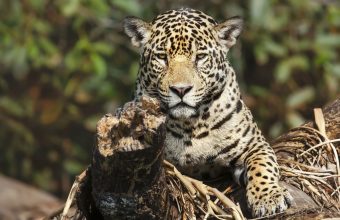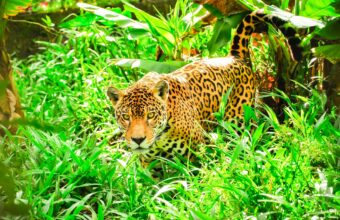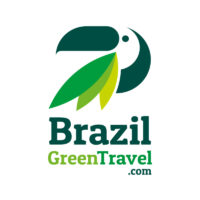How To Visit The Pantanal
How to get to, and around, the Pantanal
The vast majority of international visitors to the Pantanal arrive on a pre-booked trip with a tour operator, although independent travel is perfectly possible.
A pre-booked tour will typically include your flights into either Cuiabá or Campo Grande airport, pick-up and transfers to your accommodations, and all meals and guided excursions while in your lodge.
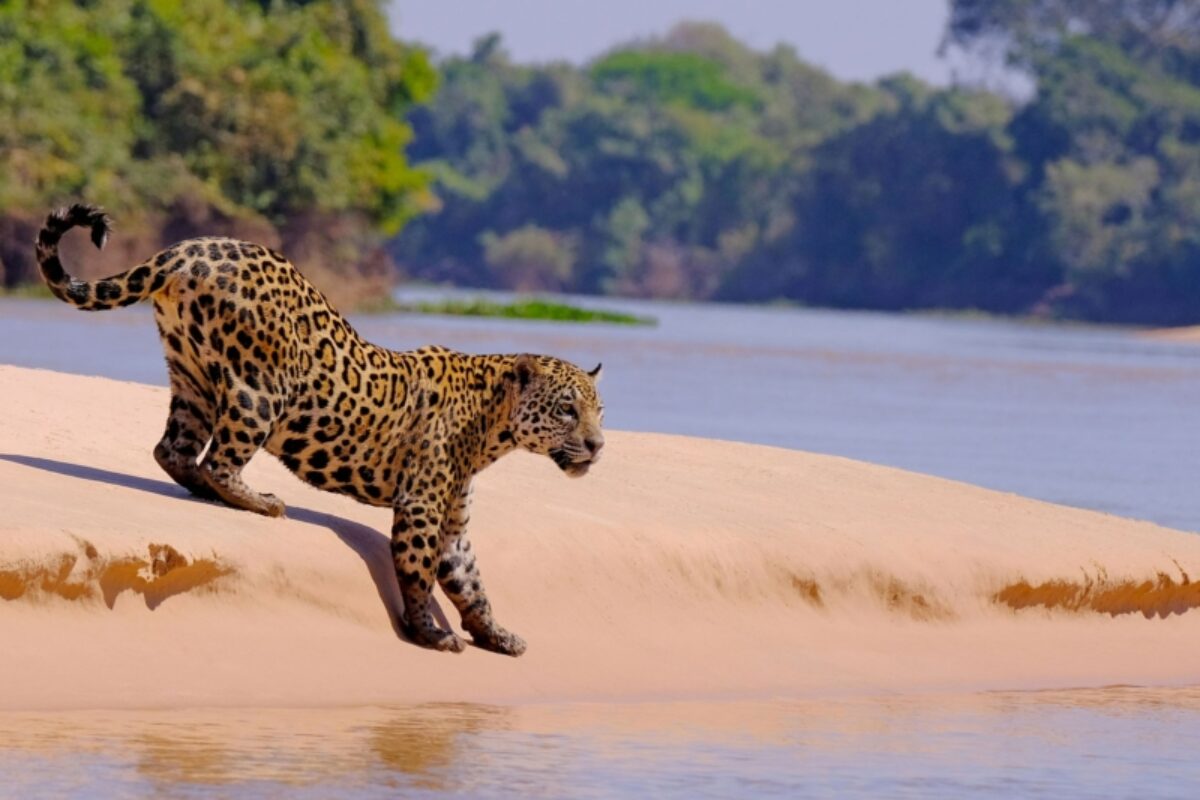
Jaguar in the Pantanal
How to visit the Pantanal
Where to go and how to get there
Most tourism in the Pantanal revolves around the Brazilian states of Mato Grosso or Mato Grosso do Sul states. A typical trip involves three-plus nights (ideally six) at lodges providing food, accommodation and activities.
Bolivia’s Pantanal tourism industry remains in perpetual infancy, while Paraguay’s contribution is restricted to one well-established lodge (Los Tres Gigantes).
Where to go in the Pantanal
The approach to visiting Brazil’s Pantanal differs between Mato Grosso and Mato Grosso do Sul – so choose carefully.
Multi-location trips are easier in Mato Grosso, as most lodges lie in relative proximity off a single access route, the Transpantaneira ‘highway’, which teeters across 120 rickety bridges along its 150km. Moreover, the landscape changes as you travel southwards along this great road – from anthill-strewn savannah to dense tropical forest – making it easier to see a greater diversity of wildlife.
In Mato Grosso do Sul, because lodges are further apart, a typical trip encompasses just one or two locations. In Mato Grosso, the quality of lodges is more-or-less uniformly high, while those in Mato Grosso do Sul vary from very good to ‘best avoided’.
Keen wildlife-watchers should also consider which of the two states is better for any ‘target’ species they wish to see. The core elements – waterbirds, caiman and capybara – occur across the two states, but there are a few notable differences.
Mato Grosso is better for jaguar, marsh deer and sunbittern – and the only place worldwide where you can see the endangered chestnut-bellied guan.
Meanwhile, Mato Grosso do Sul offers a better chance to see the maned wolf, giant anteater, pampas deer and peccaries.
How to get there
To reach the Brazilian Pantanal, the most convenient airports are Cuiabá (for Mato Grosso) or Campo Grande (Mato Grosso do Sul). If you have booked with a tour operator or lodge, they are likely to offer transport. A straightforward alternative is to hire a car (4WD is useful, but only strictly necessary once rains set in) to access lodges independently.
This also provides mastery over your itinerary – useful should you spot something interesting en route. Remote locations such as Fazenda Barranco Alto in Mato Grosso do Sul can arrange access by private aeroplane, which can be imperative (if expensive) during the wet season.
A recent innovation combines travel and accommodation, with luxurious houseboats such as the Panoramico cruising otherwise impossible-to-reach areas.
Wherever you head, expect to pay handsomely. A rough minimum price for a decent lodge is £200 per night (for accommodation, full board, activities and guide), based on two sharing. For remoteness or luxury, expect higher prices.
For those wishing to do the Pantanal on the cheap, there are campsites at either end of the Transpantaneira, but you’ll still need transport to get around. In the south, guides and companies hawk inexpensive services to backpackers in Corumba – although accommodation will be basic and you will take pot luck as to the quality of guides and wildlife-watching.
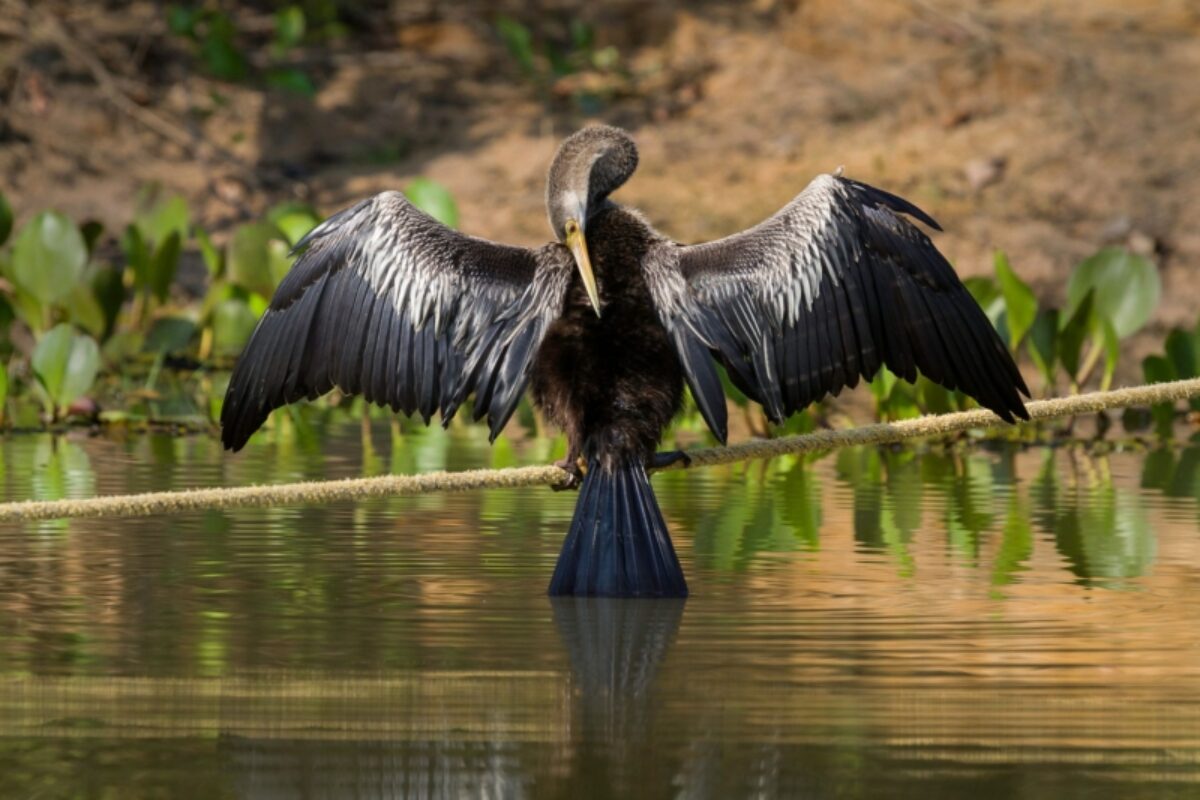
An anhinga with wings open in the Pantanal
Beyond wildlife in the Pantanal
If watching wildlife doesn’t float your boat, you could play at being a peão (Pantanal cowboy). The region is dominated by vast cattle ranches, so leap into the saddle, help herd cattle and sip terere, an ice-cold tea drunk through a metal straw from a gourd.
Alternatively, go piranha-fishing then barbeque your catch. Just be prepared for disparaging looks from other visitors; after all, the majority of Pantanal tourists prefer life in their wildlife.

